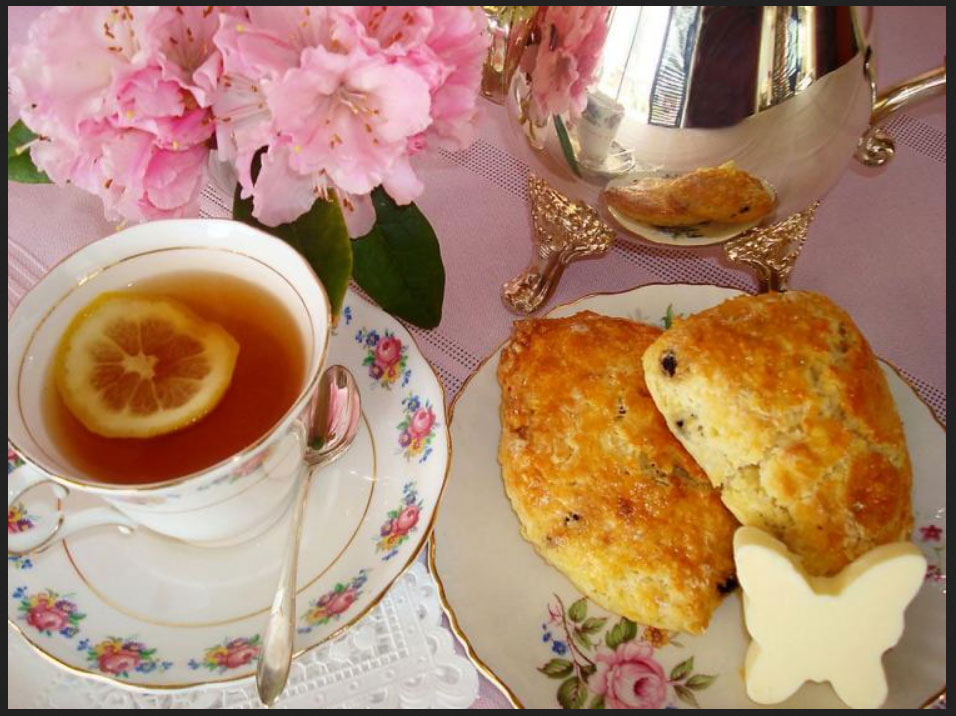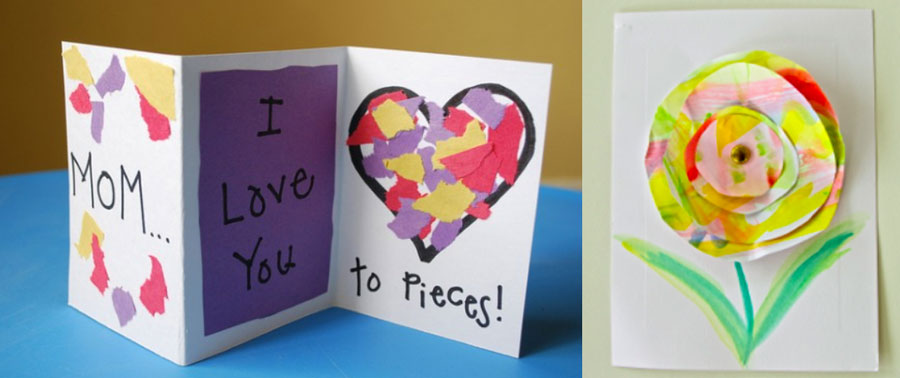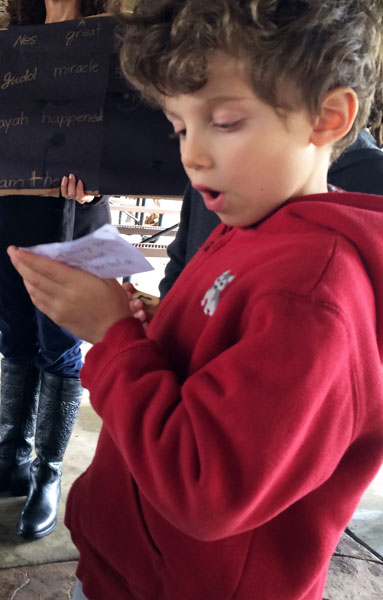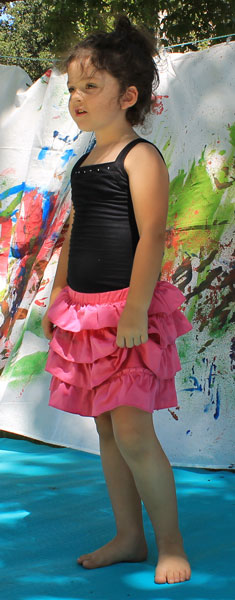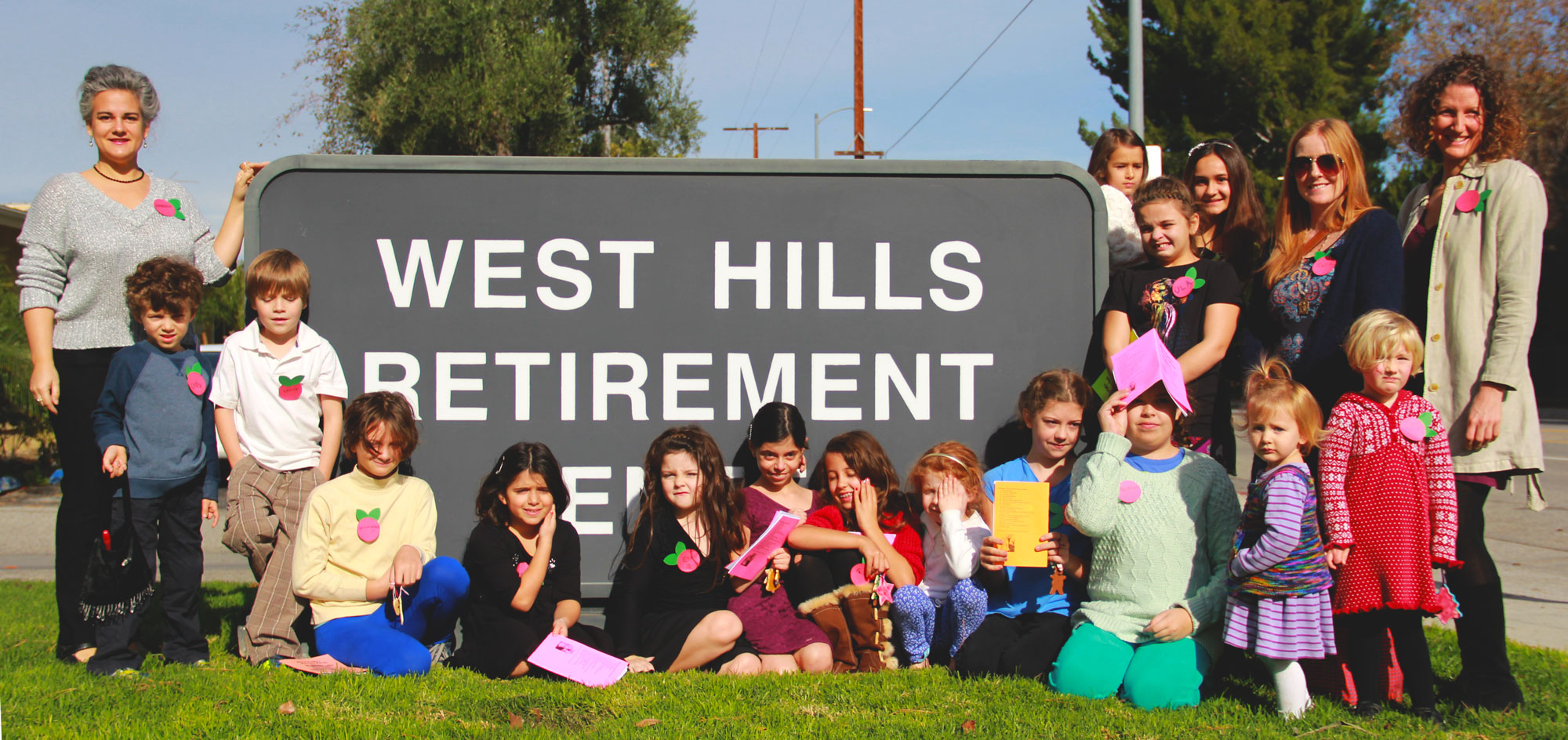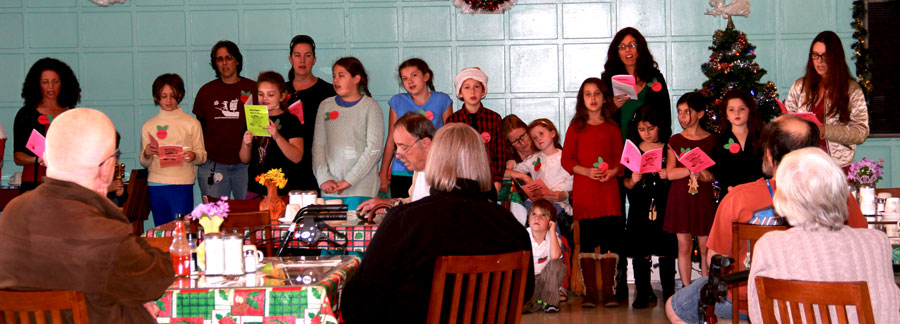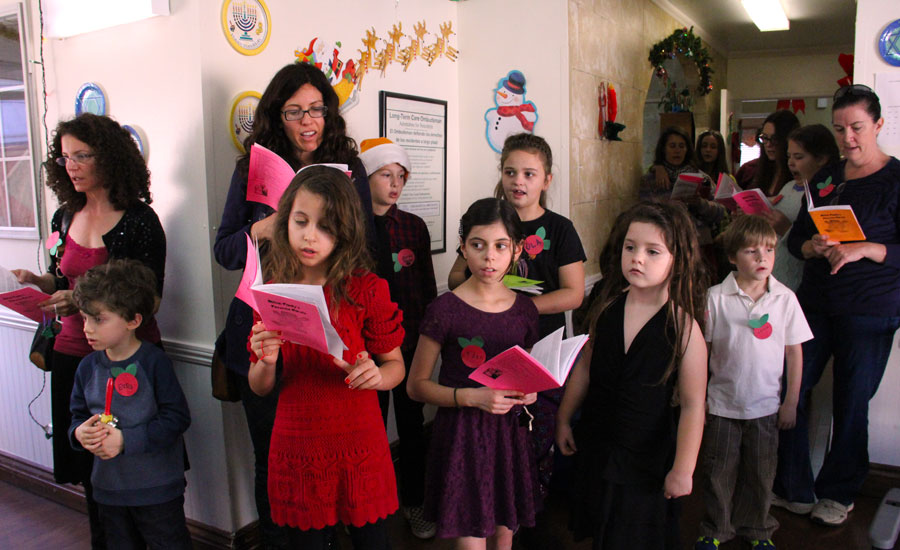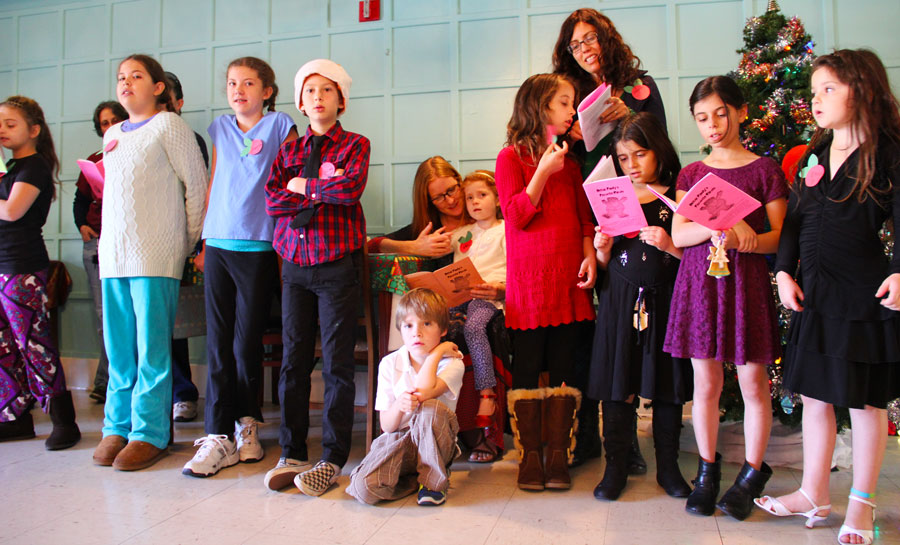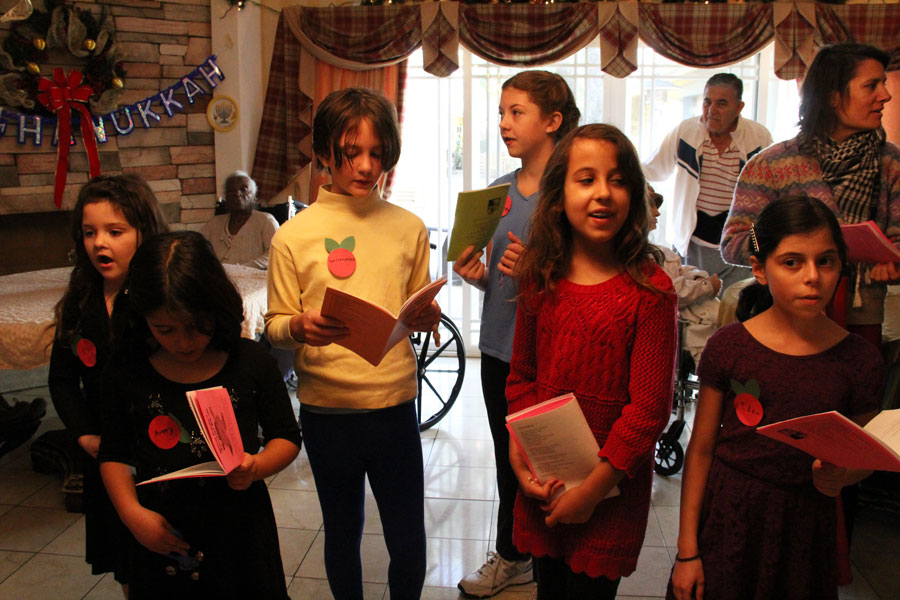In addition to actively learning about art, history and science on our homeschool Fieldtrips, we get to dialogue with passionate people who LOVE their jobs. I almost always ask these people to tell the kids how their job is perfectly suited for them. This opens a great line of conversation and brings our kids that much closer to a future profession. Want to build the world’s largest fountains check out our amazing visit to WET? Interested in working outside with animals and protecting endangered species check our our visit to an gibbon sanctuary?
is perfectly suited for them. This opens a great line of conversation and brings our kids that much closer to a future profession. Want to build the world’s largest fountains check out our amazing visit to WET? Interested in working outside with animals and protecting endangered species check our our visit to an gibbon sanctuary?
Kids will take turns Presenting a Professional Job they may want to pursue or just find interesting (like those found in this great alphabetical list of career options.)
To learn more, kids can interview someone with that position, google search about it or go to the library to find out more in books. Maybe a movie or youtube interests them. Almost every job has requirements or skills that help make you more qualified for a job.
Should you know how to swim if you want to study dolphins or whales?
Should you like to sketch outfits or enjoy sewing if you want to design a line of clothing?
Should you like reading if you are going to be a librarian?
Do you need to have a college degree to be an eye doctor, fireperson, police officer, or marine biologist?
Now it might seem like our children are too young to start in on their profession, but there are many mentoring and part-time positions available for their age groups. Kids can volunteer at the humane shelter if they are interested in becoming a veterinarian. The Santa Monica Aquarium and Heal the Bay has numerous volunteer and internship opportunities. Do you have a graphic artist friend who could take an hour or two to show your child their latest projects?
This is where being a homeschool parent also means being the Director of Resources. Take a closer look at your children’s interests and see if you can help match it with a fieldtrip, relative or mentor. This is why I took my fashion-maven girls to a tour of FIDM, LA’s reknowned Fashion Institute and got special permission to take them to the annual FIDM runway show above.
]]>
There will be a station for kids [...]]]>
There will be a station for kids to make personal Mother’s Day cards. And I will print out of a poem for kids to include in the card. If the moment opens up – I will foster a heart-centered discussion on Motherhood/Parenthood.
]]>
Supply Requests in red below: scissors, magazines, sketchbook or something firm to put paper on.
1. Art Show by MudPies & Butterflies : All Day(Set up your artwork as you arrive at Arbor and collect before you [...]]]>
Supply Requests in red below: scissors, magazines, sketchbook or something firm to put paper on.
1. Art Show by MudPies & Butterflies : All Day
(Set up your artwork as you arrive at Arbor and collect before you head home) I invite everyone (parents included) to bring one or two pieces of artwork you are especially proud (or made this week for parkday). It can be a drawing, a painting, something done in pen and ink or something made out of clay in 3-D or a collage (mixed media). I will set up a clothesline to hang some pieces of art with clothespins and we can display others in the under the arbor on the tables.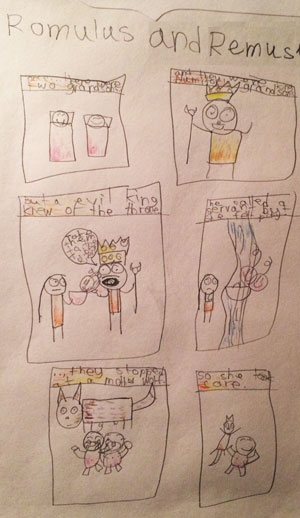
2. Collage Station opens 12:30-4pm
(Bring magazines and scissors) I will provide glue and construction paper base
3. Drawing Station opens @ 1:00pm
(Bring sketchbooks or notebooks) I will have copy paper too. I will have an interesting still life set up if anyone wants to start earlier. Kids and Parents can take turn posing for each other to draw. I will explain how Darks and Lights are the secret to successful drawings and paintings.
4. Painting Class @ 2:00 pm
(Bring an image you want to paint) I will provide cardboard canvases, paints & brushes. If there is a particular painting by a Master or a photo or picture you want to paint – Bring it. If your child wants to paint on a canvas, you can bring one or use my cardboard to paint on. (cardboard isn’t acid-free and won’t last a lifetime) I will emphasize how Darks and Lights are the secret to successful paintings.
]]>
Our Potluck is from 11:30 – 12:30. Don’t forget to bring your plates and utensils.
Then the kids will begin to share their own presentations at 1:00 pm. Depending on how many presentations we have, [...]]]>
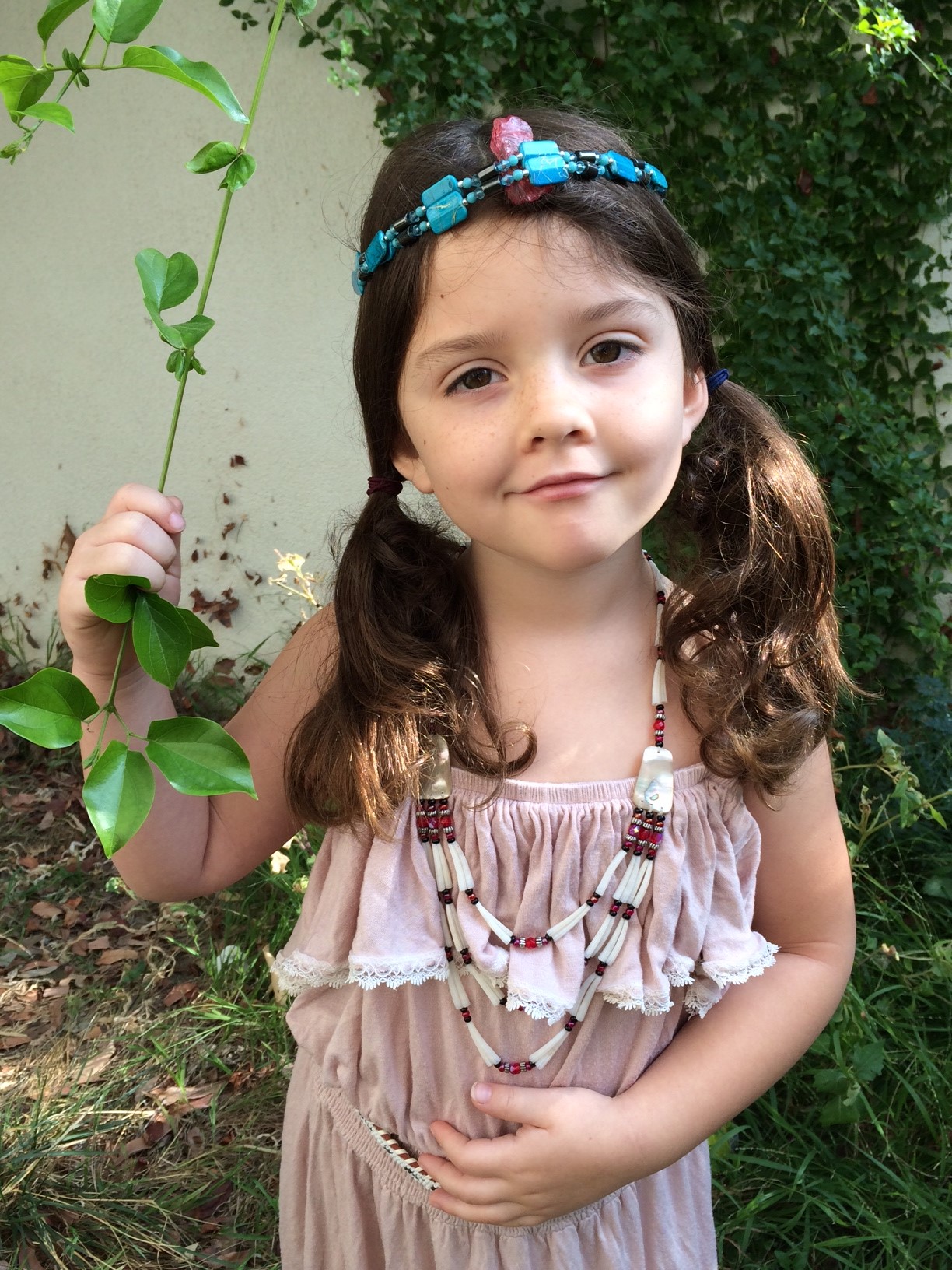 Each child is invited to present a story, person, event or skill of a native American tribe of their choosing.
Each child is invited to present a story, person, event or skill of a native American tribe of their choosing.
Our Potluck is from 11:30 – 12:30. Don’t forget to bring your plates and utensils.
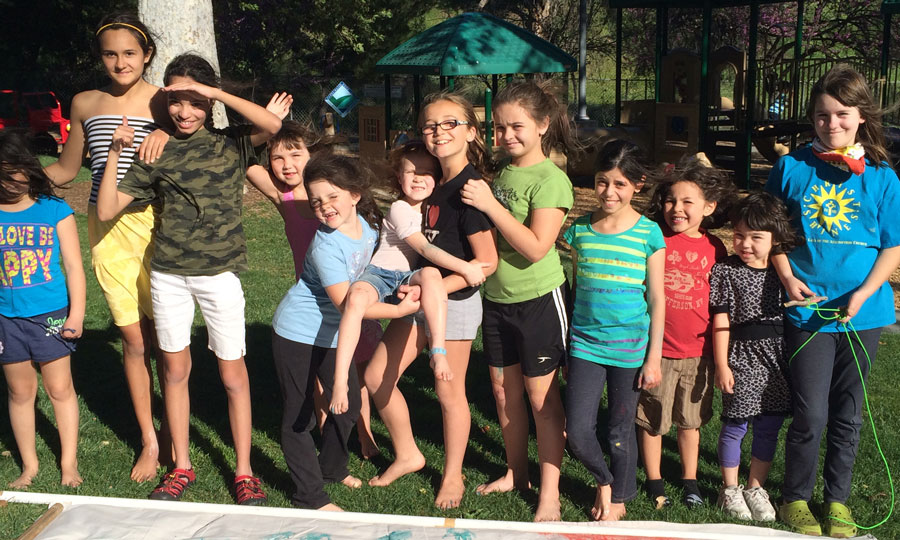 Then the kids will begin to share their own presentations at 1:00 pm. Depending on how many presentations we have, I may insert a run around Indian-inspired game between presentations in order to keep the kids attentive.
Then the kids will begin to share their own presentations at 1:00 pm. Depending on how many presentations we have, I may insert a run around Indian-inspired game between presentations in order to keep the kids attentive.
Presentations will begin at 1:00pm
I can not wait to see what they have to share. To help make it as engaging and personally fun for themselves as possible, consider dressing up, teaching a craft, telling a story, re-enacting life in a particular tribe, children in the audience can be asked to hold props or become players in the story or presentation. Children are more than welcome to present as a group or a pair by coordinating outside of parkday.
 To keep continuity and maximize the learning of all involved, may I request that everyone start their presentation with naming the tribe, helping us all pronounce it and showing where on the 3-D map where their tribe, person, skill originated from.
To keep continuity and maximize the learning of all involved, may I request that everyone start their presentation with naming the tribe, helping us all pronounce it and showing where on the 3-D map where their tribe, person, skill originated from.
Here is the link to the 3-D Map craft from the fabulous book, Exploring Native American Culture by Anita
Bonus: if you missed the Tipi from last week, I believe that Enrique will be bringing the Tipi back.
]]>I believe that in a debate, everyone wins because of the work that goes into it. In preparation for a debate each participant researches, explores, and discusses both sides of [...]]]>
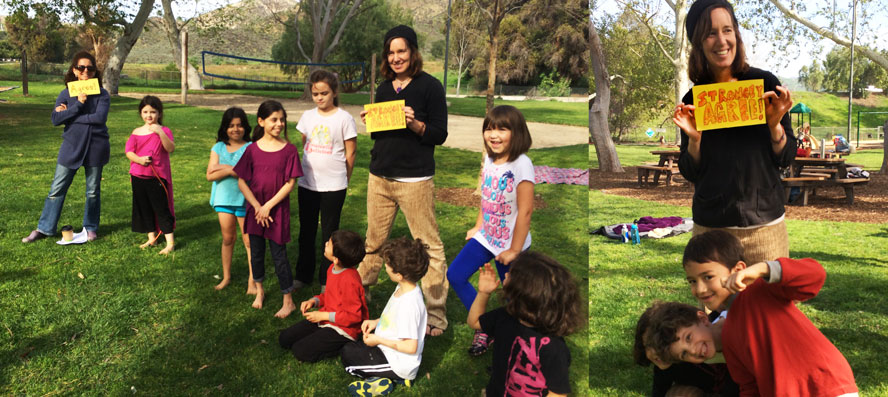
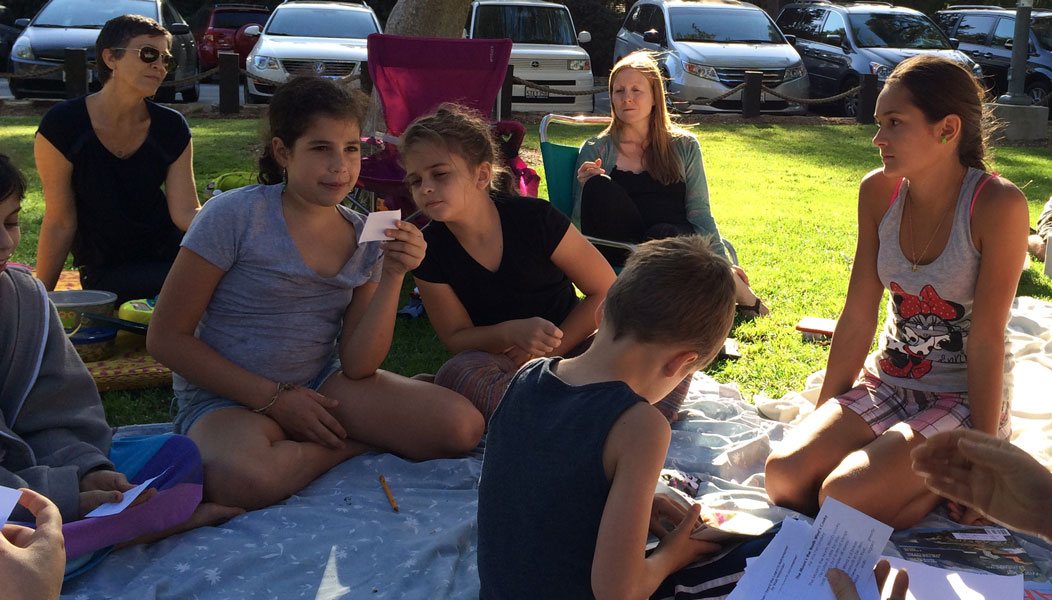 This week, I am truly excited to share the fun and intrigue of DEBATE and help introduce children to the power of public speaking.
This week, I am truly excited to share the fun and intrigue of DEBATE and help introduce children to the power of public speaking.
I believe that in a debate, everyone wins because of the work that goes into it. In preparation for a debate each participant researches, explores, and discusses both sides of a topic. So even if a child doesn’t perform in our M&B debate, they will have gained so much in preparing and supporting their teammates.
So for this week, the kids will practice Debating with this topic –
Should All Animals Live in the Wild?
Each child needs to have a good reason for both sides. Not a feeling.Even if your child doesn’t end up speaking in front of everyone, help them prepare at least ONE valid point for BOTH sides of the discussion. Use library books, youtube, google or let them discuss ideas with an adult. That’s two reasons. No one will have to speak who doesn’t want to, but everyone should be prepared to help their teammates with their points.
Two things to keep in mind with ensuring kids have one Pro and one Con point. Firstly, debate is about the Art of the Argument which includes hearing both sides. Learning one on both sides helps you be a better listener as well as help you counteract the other opinions. More importantly, in concern for the sensitivity of our children’s emotions, we must help them consider perspectives that they may not believe in. Be gentle as you help them navigate feelings and ideas about being dis-genuine, misleading, or immoral. Some children will have no problem with alternating viewpoints and being prepared to “convince” someone of their point; whereas others will feel very false and emotionally bothered about being untrue.
John F. Kennedy said, “I think debating in high school and college is most valuable training whether for politics, the law, business, or for service on community committees(…). A good debater must not only study material in support of his own case, but he must also, of course, thoroughly analyze the expected argument of his opponent. The give and take of debating, the testing of ideas, is essential to democracy. I wish we had a good deal more debating in our educational institutions than we do now.” August 22, 1960
After your kids get the idea for debate preperation, don’t let them get frustrated if they can’t come up with ideas on their own. Here are some ideas to help them get inspired and motivated! I know they will have some really original ideas. I can’t wait.
Pros for animals ONLY living in Wild
1. State of Zoos
2. Separation of animal families
3. Proper habitats
4. Natural order before humans gained control
5. No experiments in labs
Cons for animals not only living in Wild
1. Protecting species from going extinct
2. Loving homes for pets
3. Allows more people to meet exotic animals encouraging people to protect
4. Inspires animal protection
Debate Events
This Spring, join me on a field trip to witness the Urban Debate’s National Championships, usually held in Washington DC, but this April 10-12 on the campus of USC.
Model UN is a wonderful secular debate style forum that recreates the UN and platforms best for our global neighbors. Some local chapters exist for homeschoolers.
How to help your child research…
It might take a lot longer, but it is invaluable to wait patiently as your child thinks of ideas to research. By giving children “our” ideas ALL the time, we undermine the very logic and critical thinking we are hoping to help hone. Many children gave up long ago sharing their original ideas if they were oftentimes rejected or demoted by someone else’s ideas. Maybe because the parent always offered a better solution. Or maybe we weren’t patient enough to wait until they found the right words to convey their reasoning.
The good news is that you can always start fresh and new. But not when it is the eleventh hour. YOU must practice being patient and being a listener when you have unlimited time.
For the example today, let’s use how to help your child research a debating point about animals in the wild.
1. Ask you child what they think about the topic. What is the first thing they think of. Your job here is to pause and look interested (fake it if you have to). Many kids are really good at stalling, if they know you are just waiting to jump in and give them an answer. Waiting for 2-5 minutes here might feel like an hour, but I have faith you can do it.
2. So after you have waited and still no response. Ask them again. Maybe even rephrase your query like this, “If you were in charge of all the animals on the planet, what would you do?” And then, you guessed it, wait another 5 minutes. If they see that you are not frustrated waiting and that you are not expecting any particular answer, they might stick their head out of their shell and attempt a bit of a response. It might be a few words, or a sentence. Some children might burst forth with a paragraph or two.
3. If your child offers one word, they might be testing to see if you will finish their sentence. Don’t fall for that trap. Smile and nod and wait for more. Offer a very interested, “hmmm.” It is about encouraging them and letting them feel valued for whatever they are considering and sharing. Sometimes the biggest consideration isn’t coming up with an answer to the question, but your reaction to it. If you are willing to listen to what they have to say… unconditionally, they will trust you and themselves more and focus more on the answer than the reaction to that answer.
4. So let’s be optimistic and say they came up with an idea, maybe two. Or maybe two that are mashed up together. Ask them what kind of fact might make that reason even more powerful. If they don’t understand what you mean, you can rephrase it a few times or use this example to illustrate your point. Use a different topic, so you are still honoring their opportunity to be the only one in the room to come up with answers. Use a similar discussion question instead, such as,… Should We Recycle Paper? And we all want to save trees. For that discussion, it might be a good idea to find out how many trees it takes to make a ton of paper. The answer from a website says, “it takes between 17 and 24 trees” that could be saved if we recycle paper. Ask you child if they think there might be an interesting fact that would make their point about animals in the wild. If they can’t that is okay. Take a moment to value their statement and reassure them it is a good one.
Then move on to explaining why they should also come up with an idea for the other side of the discussion. And go through the whole process again. I bet at least half of the kids will spontaneously think of a fact for their first point while they switch tracks to the new reason.
If your child comes up with an idea, ask them where they think they might find more information on that topic. If it is a book, suggst you go to the library or look up in a reference book, dictionary or encyclopedia you have at home. If it is the internet, help them get on google or whatever search engine they want. Or is there a person they think might know more than they do you can contact.
Let’s say it is the computer. Ask them what words or question they should type in to get a list of possible sites that might hold the answer. Remember to be patient. if they don’t do something that you have seen them do a thousand times, act as patient as if this is the first time. Find a way to smile, laugh, make a joke. Keep the tension light and low. When you ask a question, be happy to wait for an answer. Help redirect them to the task if they get distracted, but don’t do it if you can’t be neutral and light about it.
Give them positive feedback each step and choice along the way. Don’t read everything for them. Let them sit in the chair, type in the words, determine which site to go to. And be patient, calm and the opposite of frustrated.
There are two goals here. One for them to find a fact or statistic. But more importantly, you are validating their mind and ability. The more it feels like they are doing what you want, the longer it will take to get to the day, when your child will do all of this research on their own.
]]>
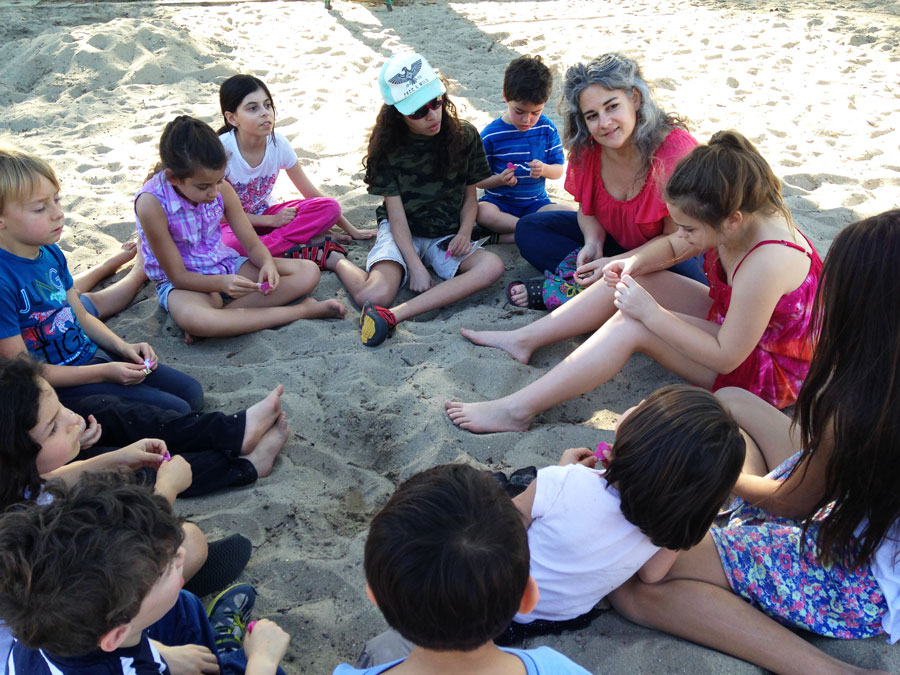 As for the crafts, they Let’s make some great Valentine Cards with stamps and cut-outs. And for those who didn’t get a chance to bead up a paper Bookmark from Favorite book day, you can make a few today.
As for the crafts, they Let’s make some great Valentine Cards with stamps and cut-outs. And for those who didn’t get a chance to bead up a paper Bookmark from Favorite book day, you can make a few today.
And how about we sew some of these some nifty heart-shaped book marks for the corner of your book .
.
Maybe you might want to invent one or use one of these other ideas!
Inspired by a dear NYC friend whose children recently took a fieldtrip at the Matisse exhibit in the MOMA, I shared a bit about Henri’s life and his later cut-out works as inspiration for making Valentine’s cards.  For Valentines, to discuss Love – I made a mini-heart fortunes with one of the questions below. I taped them inside two pink hearts and hid them all about the park and let the kids find them like a scavenger hunt. After they found them,
For Valentines, to discuss Love – I made a mini-heart fortunes with one of the questions below. I taped them inside two pink hearts and hid them all about the park and let the kids find them like a scavenger hunt. After they found them, 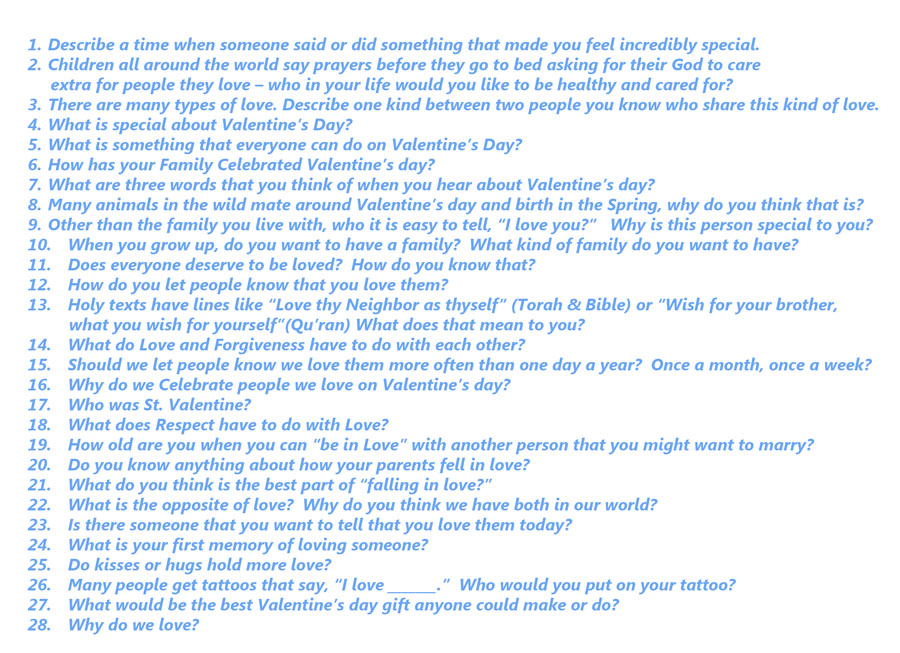 they all returned in a circle to ask them to each other. It was a lovely expansive experience.
they all returned in a circle to ask them to each other. It was a lovely expansive experience.
]]>
Time to get Creative! Everyone [...]]]>
Time to get Creative! Everyone is invited to present an author, a story or a character from a book you love (or all three). If you can, Dress up and make it even more fun. Or you can build or create something inspired by your favorite book. We can all try to guess before everyone shares. Get as creative as you like.
Can you guess what famous literary characters these kids have imagined themselves?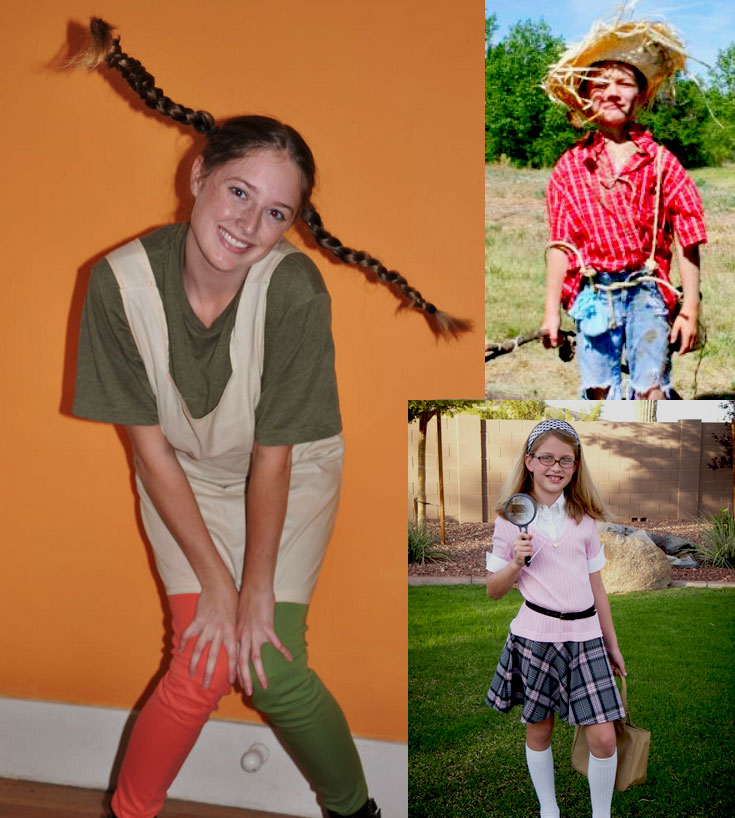
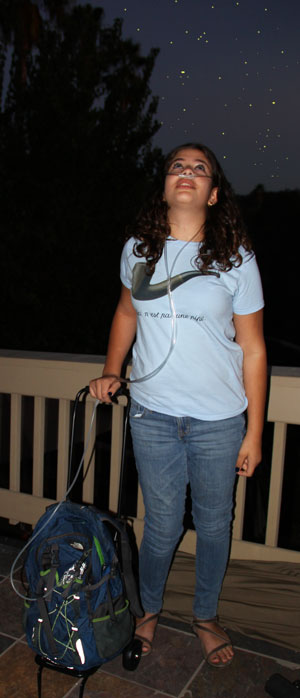
Bring as many books as you wish to affix your handmade book plates into them.
I will have supplies to make some really special bookmarks.
And if you are willing to loan one of your books out to a friend that you convinced will love your favorite book, we will have cards for people to sign a book out from you. Anyone book collector can be a library.
And if you want to refresh your memory, here is a list of 50 books every kid should read, broken down in age groups.
Or Time Magazines 100 Best Novels of All Time. (no Jane Austen on this list).
Or 40 Classic teen books every adult should reread. Parents, I look forward to putting a master list together of books that we want our kids to read, at the appropriate time.
See you at the park.
]]>
Do you have “Family Game Night” or pull out a boardgame when friends come over? If you have a game you want to share – bring it. And I encourage you all to take it one step more before [...]]]>
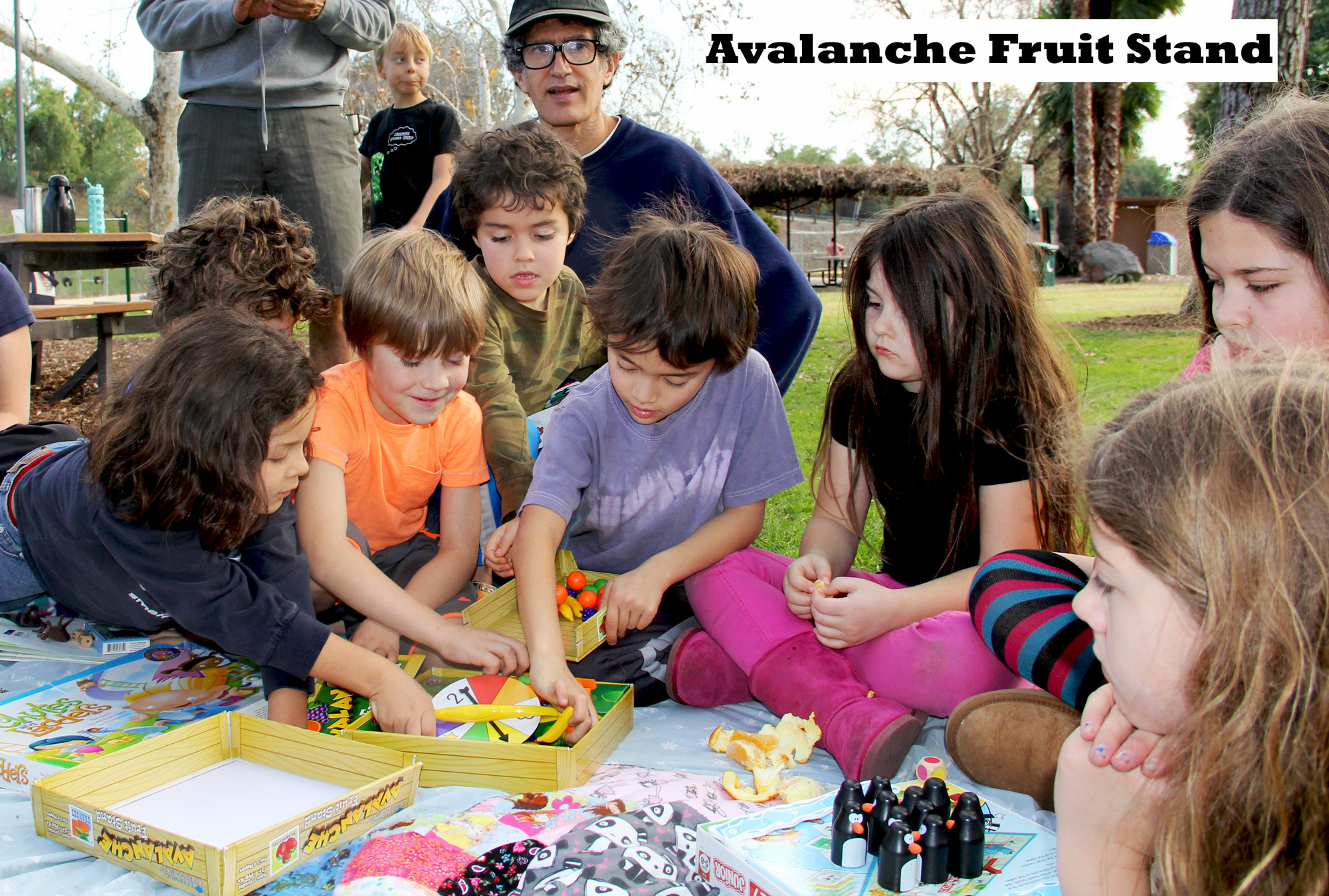
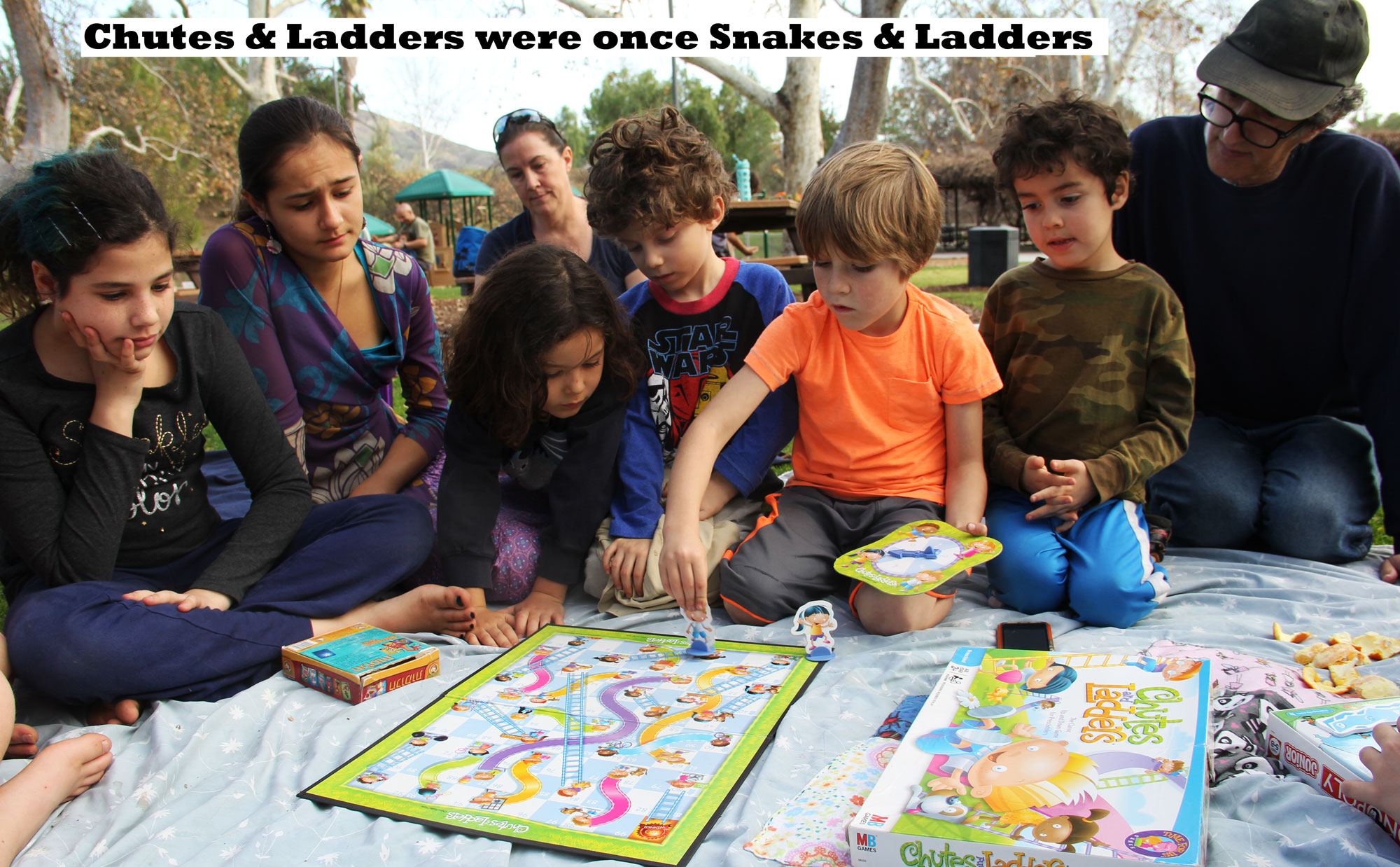


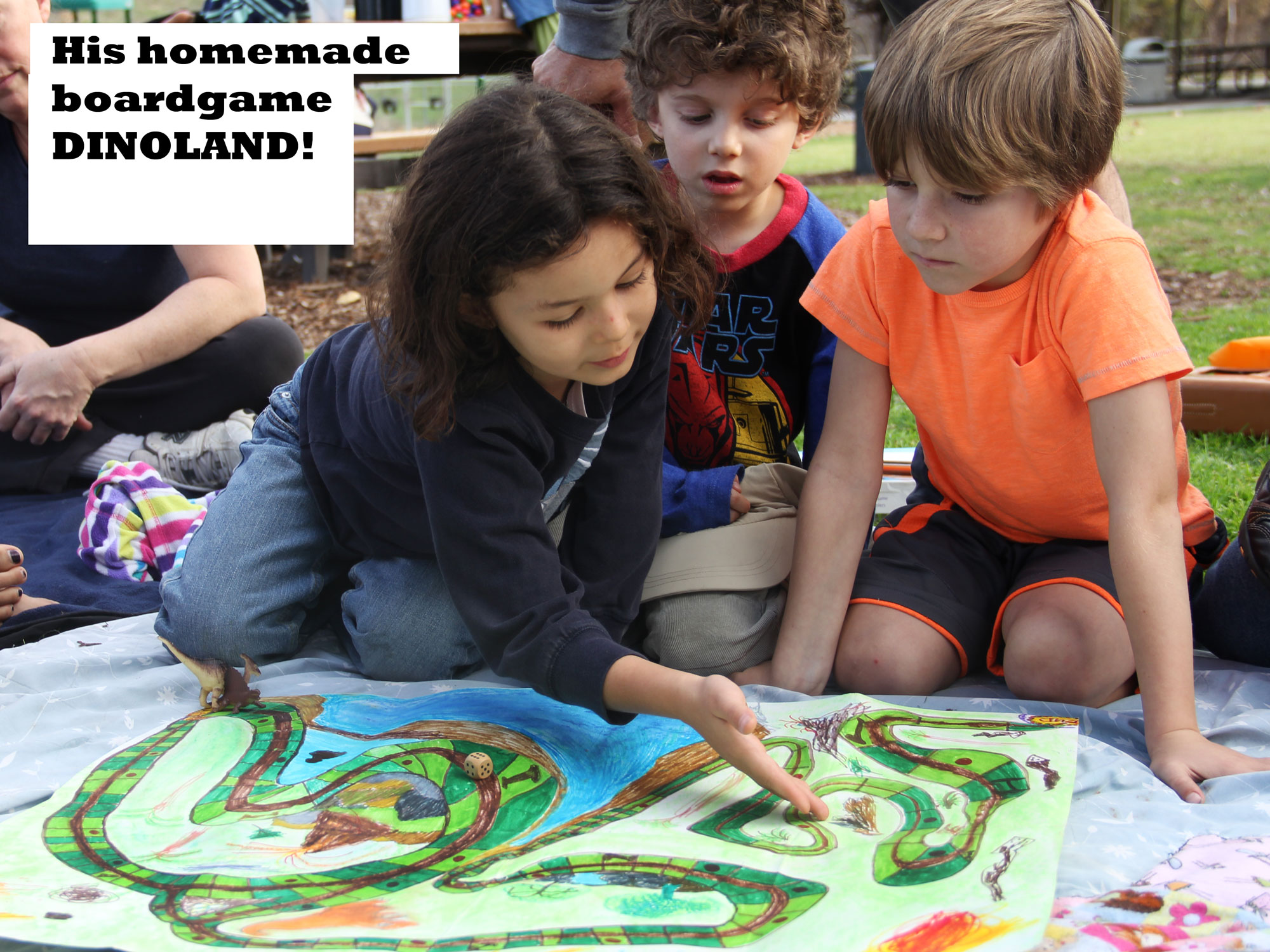
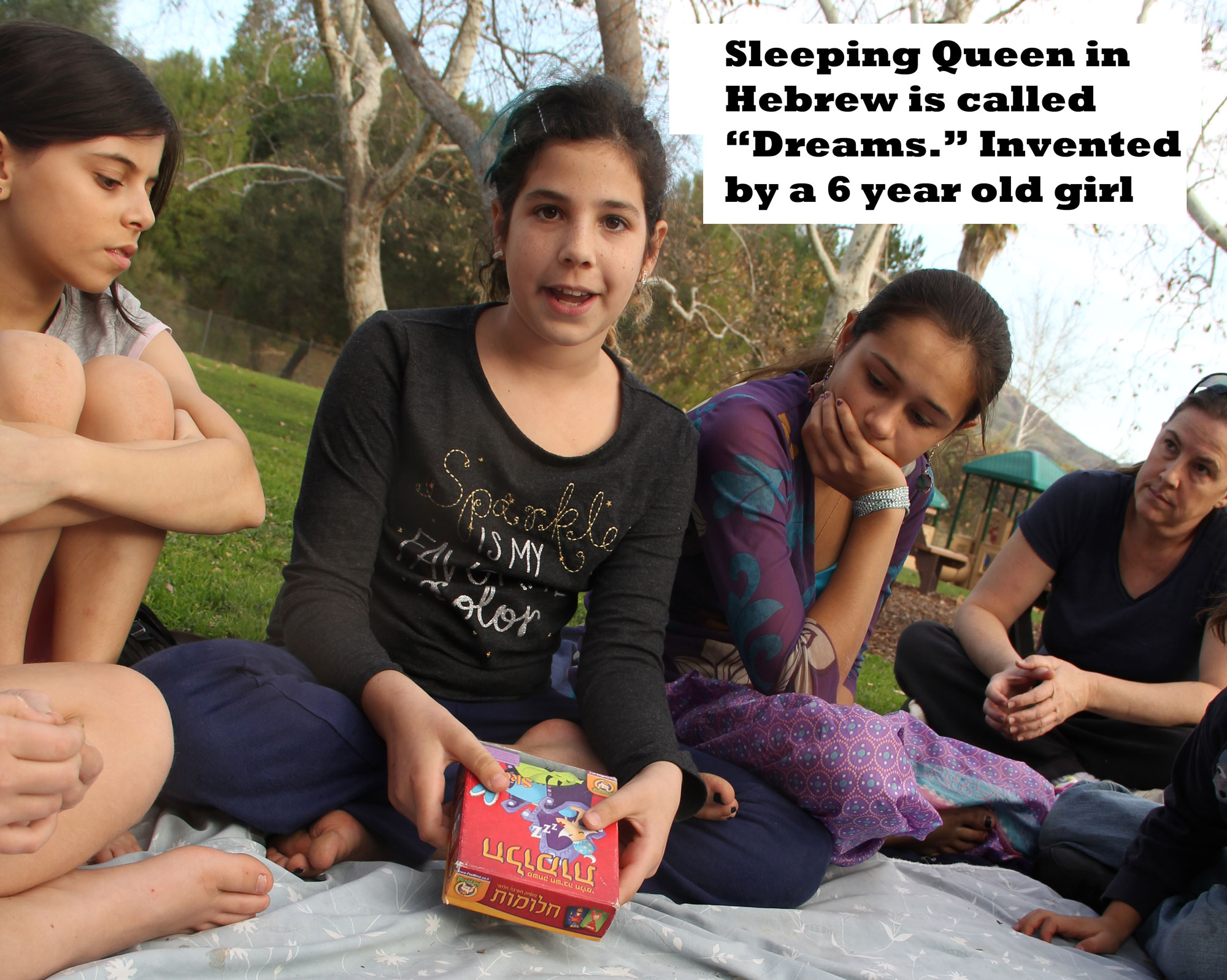
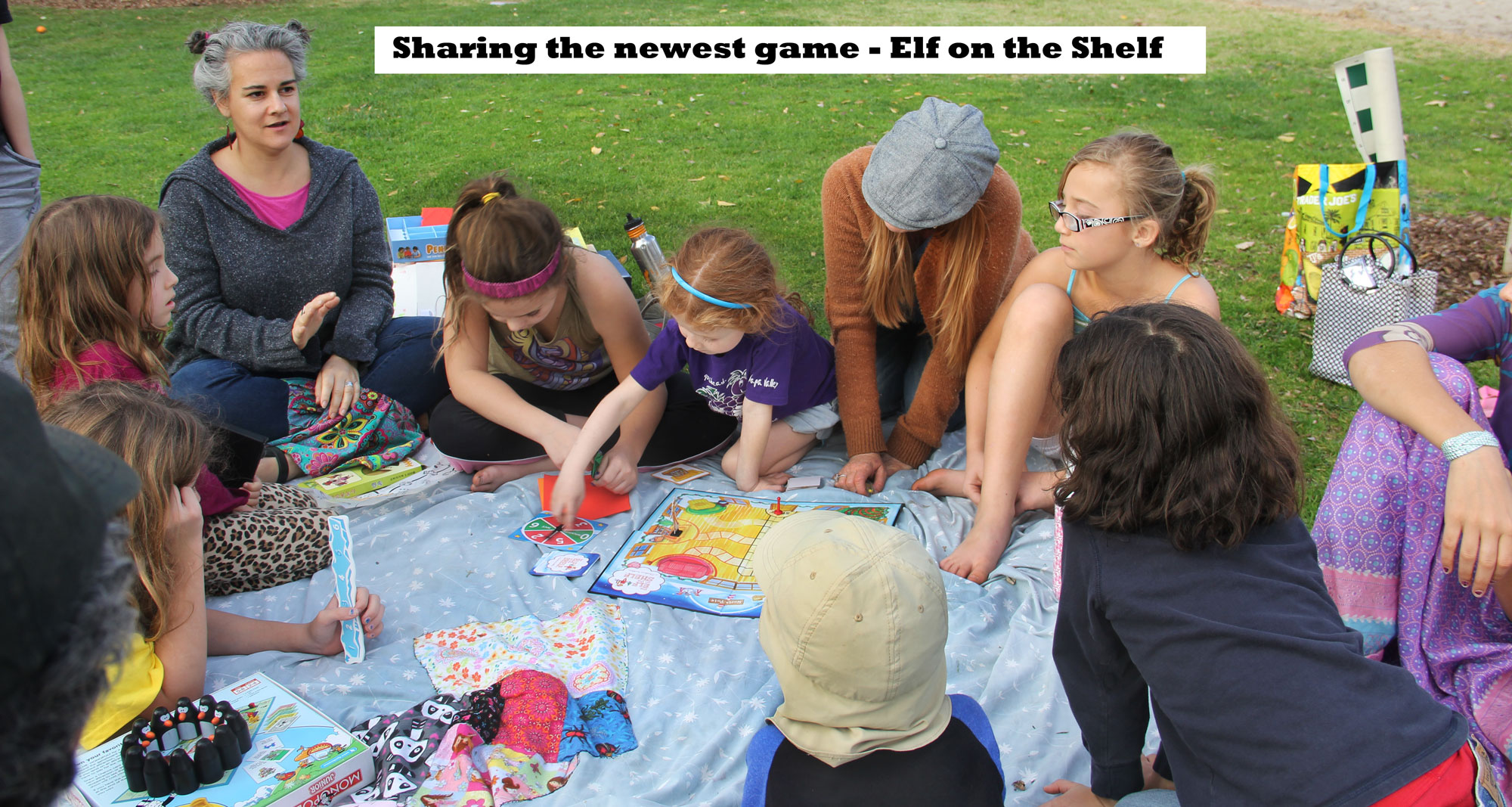
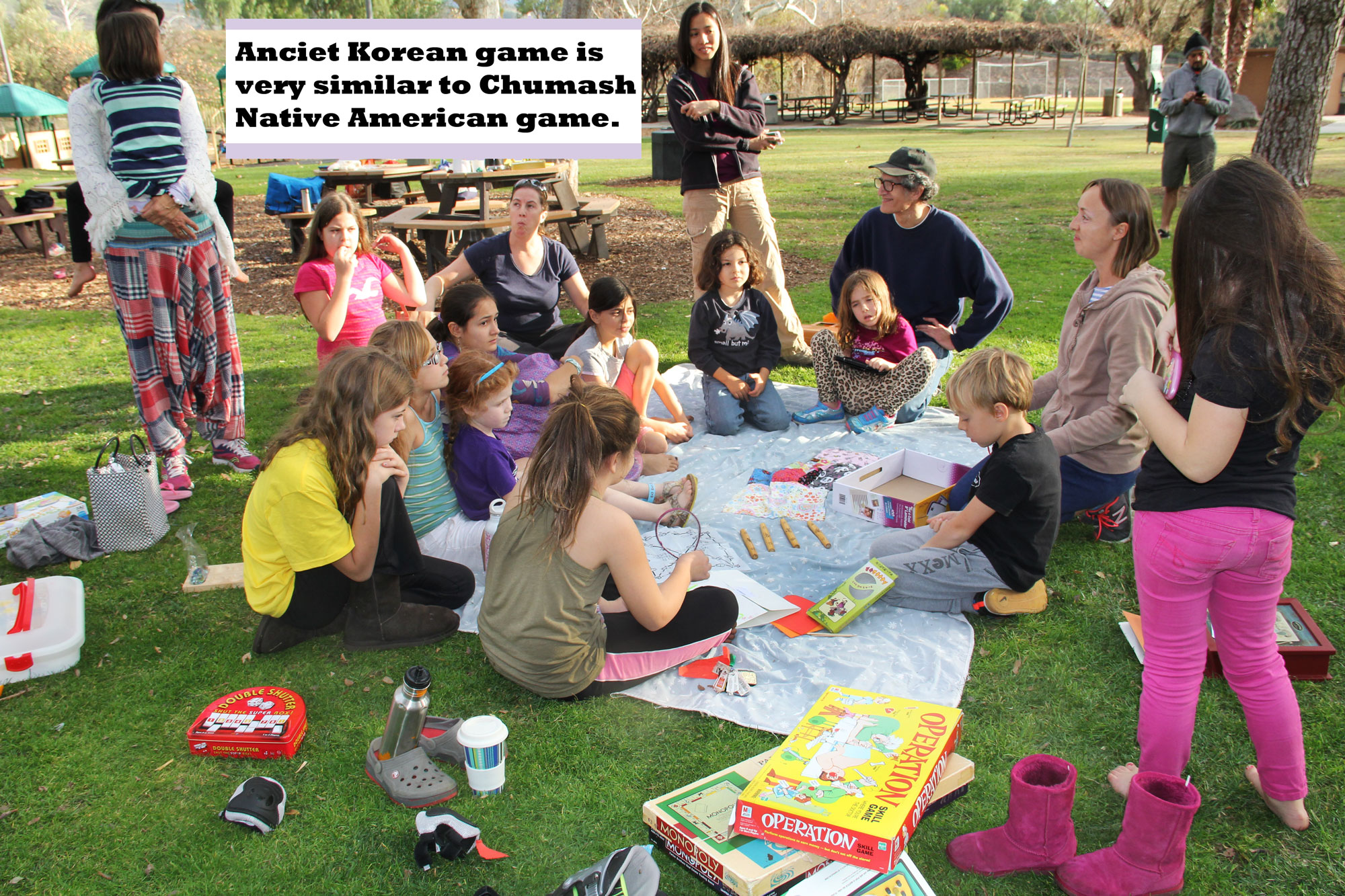


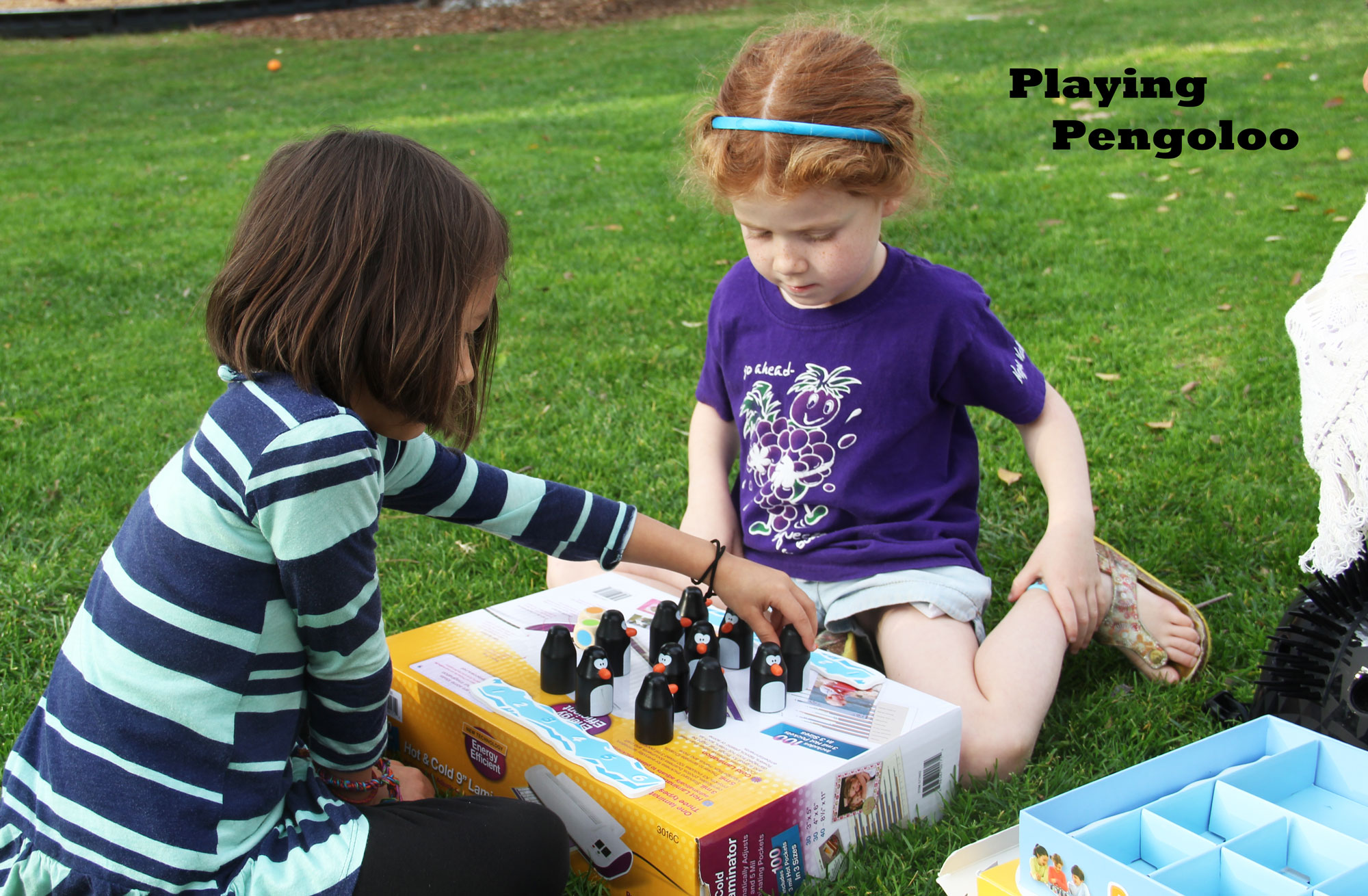

Do you have “Family Game Night” or pull out a boardgame when friends come over? If you have a game you want to share – bring it. And I encourage you all to take it one step more before you come to parkday, find out a bit about its origins. Did a kid or adult invent it. When was it invented. Was it meant to be a game for kids or adults? Has it changed alot or a little over the years.
How did Scrabble, Monopoly, Uno get its start? Native cultures have wonderful games that turned into Pick up sticks, dice games and more. Who knows how long people have been playing Chess or a variation of it? Pick one game of your choosing and learn a bit more about how cultural history developed through that game and those who played it.
I will bring an ancient Korean game that is still played today as part of a New Year’s celebration – Yut-No-Ri. It is so fun and very simple. I will bring supplies for anyone who wants to make their own Yut game.
We can also chalk a giant boardgame on the sidewalk or parking lot like this one below.
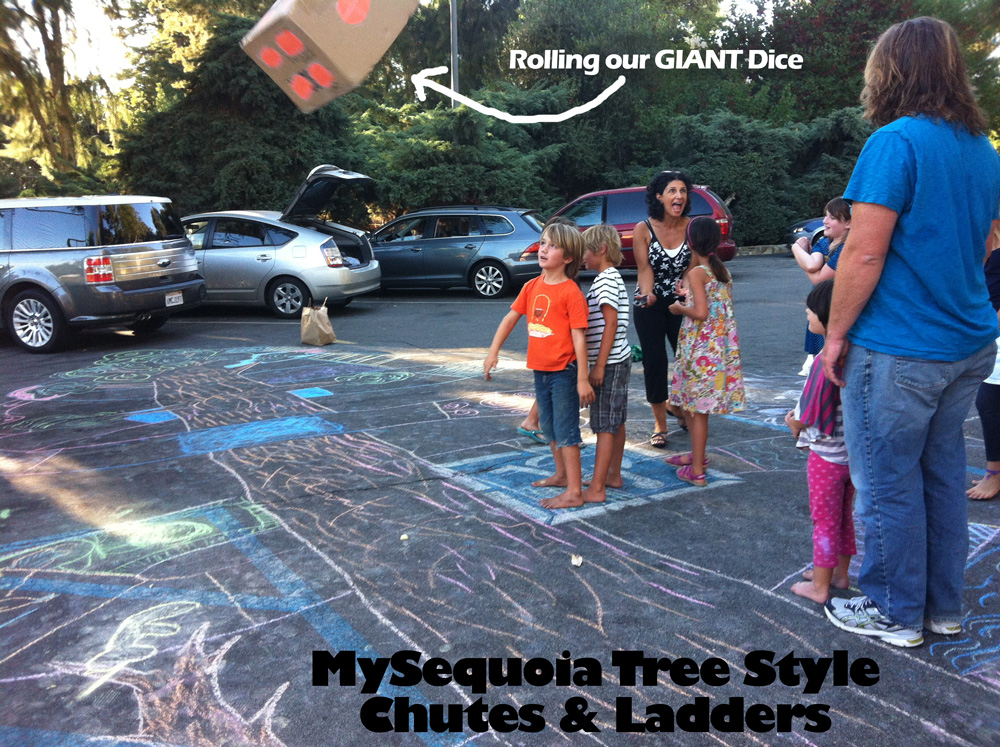 Or you might get inspired to make your own table top boardgame like Ula made for her sister as a Christmas gift (see top image).
Or you might get inspired to make your own table top boardgame like Ula made for her sister as a Christmas gift (see top image).
Can’t wait to see you there. The weather should be sublime!
]]> Many age-old traditions for New Years Day are linked to increased prosperity: southerners eat Black-eyed peas, long soba noodles in Japan, fish in Poland, American’s bake New Years cookies, in Greece round cake with a coin hidden inside, the Spanish eat 12 grapes at the strike of Midnight, in Peru turmeric potatoes to bring gold, and mini Marzipan pigs in Germany. Centuries ago in Europe the idea of avoiding fowl in lieu of pigs (not for the Jewish) was because birds move backward as they eat and pigs move forward as they forage. Try to make a batch of marzipan with organic ingredients for everyone to make a Good Luck Piggie treat. Bring whatever dish or delight you care to share for prosperity, health or fortune for 2014. … it’s not potluck – just extra.
Many age-old traditions for New Years Day are linked to increased prosperity: southerners eat Black-eyed peas, long soba noodles in Japan, fish in Poland, American’s bake New Years cookies, in Greece round cake with a coin hidden inside, the Spanish eat 12 grapes at the strike of Midnight, in Peru turmeric potatoes to bring gold, and mini Marzipan pigs in Germany. Centuries ago in Europe the idea of avoiding fowl in lieu of pigs (not for the Jewish) was because birds move backward as they eat and pigs move forward as they forage. Try to make a batch of marzipan with organic ingredients for everyone to make a Good Luck Piggie treat. Bring whatever dish or delight you care to share for prosperity, health or fortune for 2014. … it’s not potluck – just extra.

Here are the upcoming New Years festivals to attend. We are attending at least 2 of these four festivals: Japanese New Year’s Festival (1/4), the Lunar New Year Fest (1/31), and LA’s Chinatown New Year’s Parade (2/21) and Vietnamese Tet (2/28&3/1).
